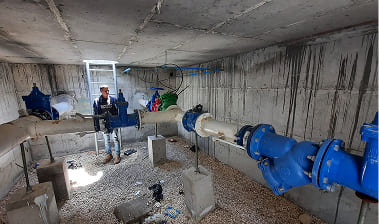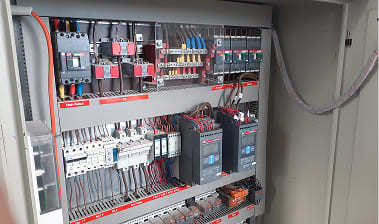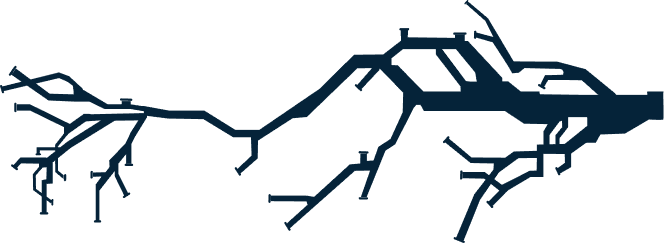A Practical Guide to Managing Non-Revenue Water at Utility Scale
This white paper explores a lifecycle-based approach to water loss management.

Why Water Loss Remains an Ongoing Challenge
Despite years of effort, many utilities still face high levels of Non-Revenue Water (NRW).
Traditional methods like periodic audits, manual field checks, or heavy systems integration often fall short—especially for small and mid-sized teams working with tight budgets and limited staff.
This white paper outlines recurring obstacles seen across different geographies and utility setups, with a focus on practical next steps..
From Visibility to Action: Structuring the Loss Reduction Process
Rather than treating NRW as a single event, the paper proposes a five-stage lifecycle for managing it as an ongoing process:
Awareness
establishing baseline visibility
Quantification
measuring and localizing the scale of losses
Identification
narrowing down probable leakage zones
Simulation
exploring possible interventions before acting
Prioritization
focusing on what matters most, based on data
Insights From Operational Deployments
The approach presented in the paper builds on experience supporting utilities in various regions, including Latin America, Africa, and the Middle East. These deployments highlighted key constraints utilities face—not just technical, but also human and institutional—and how an incremental, human-centered process can help bridge the gap between data and decision-making.
Built Around the Needs of Utility Teams
The white paper is designed for:

Network operators
Network operators dealing with persistent leakage

Analysis
Analysts managing fragmented or incomplete data

Utility managers
Utility managers working toward NRW KPIs with limited digital tools

Download the Full White Paper
A structured, field-tested perspective on managing water losses more systematically—without assuming unlimited capacity or investment.

